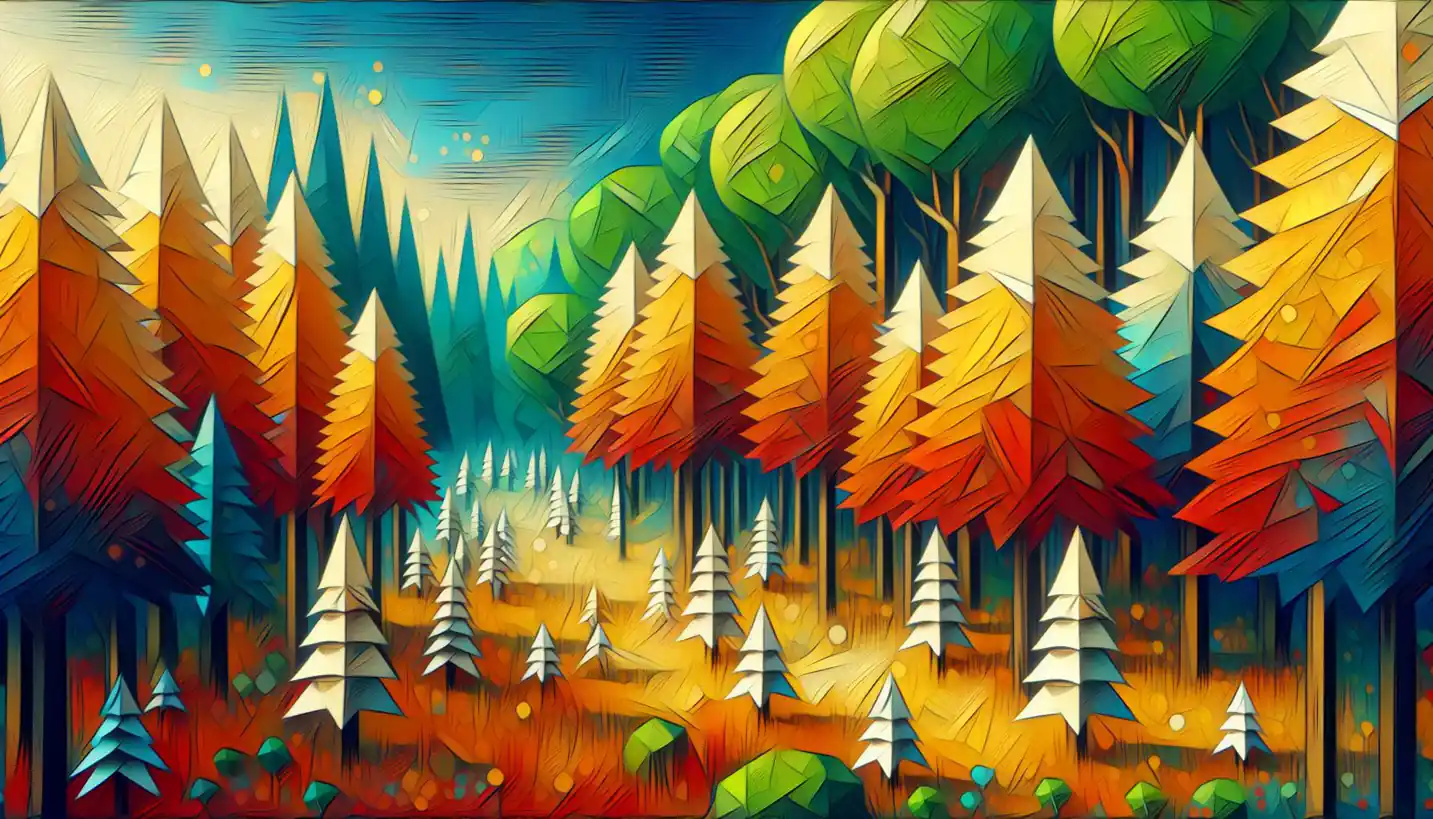· Art · 5 min read
Depth Sensing: A Whole New Dimension in Augmented Reality Art
Depth sensing opens up new dimensions in augmented reality art, allowing creations to respond dynamically to their environment.

Once upon a time in the world of art, the canvas was considered the ultimate medium for creative expression. Artists spent hours painting, sketching, and perfecting their craft. But today, with the evolution of technology, a new realm of artistic expression has emerged—augmented reality (AR) art. And at the heart of this innovation is a fascinating concept called depth sensing.
Let’s dive into the world where technology meets creativity. When people think of augmented reality, they might initially picture video games or virtual makeup apps on their smartphones. However, AR has a much broader canvas, especially in the art world. It’s where artists can blend digital elements with the real world, creating an immersive experience for the audience.
Depth sensing is the magic ingredient that makes this fusion possible. Think about it like this: If a painter uses light and shadows to bring a flat image to life, depth sensing uses technology to understand and interpret the space around us. It’s like giving computers the ability to see and comprehend the world in three dimensions, allowing digital objects to appear convincingly in our physical world.
So, how does this work? Imagine you’re using an AR app on your phone or wearing AR glasses. These devices are equipped with special sensors and cameras that constantly scan the environment. Human eyes use cues like light, shadows, and perspective to judge depth; similarly, these sensors detect how far away objects are and map out the surroundings. The device can then place digital components in a way that makes them look like they’re part of the actual scene. It’s like creating a hologram that interacts with real-world objects.
For artists, this opens up a realm of possibilities. Picture a sculpture that appears to float in mid-air in a museum, or a digital painting that interacts with viewers as they move around it. Through depth sensing, artists can create works that are not only seen but experienced in a wholly immersive manner. Viewers can walk around, look above and beneath, and interact with art pieces as if they were part of the physical environment.
One could ask, why is this important? Well, depth sensing in AR art is more than just a technological gimmick. It represents a new way of understanding and interacting with art. It pushes the boundaries of creativity, challenging both artists and audiences to think beyond traditional methods of art appreciation. The physical limitation of space is no longer a constraint. An artist can now create a mural that spans the walls of an entire virtual gallery or a sculpture too large to exist in a physical space.
Moreover, this technology is not confined to just a few art installations. It democratizes art. With the right app, anyone with a smartphone can access and enjoy AR art from anywhere in the world. This opens up opportunities for artists to reach global audiences and allows for personalized, interactive experiences that traditional art cannot offer.
However, like any new technology, depth sensing in AR art comes with its challenges. One of the most significant hurdles is achieving accuracy. The technology must be finely tuned to ensure that digital elements appear naturally in the real world. Misalignments can break the illusion, so developers constantly work on improving sensor accuracy and software algorithms. These innovations are driving the technology forward, making AR art more realistic and accessible.
Another consideration is the art itself. How do artists adapt to this new medium? For many, it requires a shift in thinking from two-dimensional surfaces to a three-dimensional canvas. Artists are experimenting with new techniques, learning how to use digital tools alongside traditional ones to create impactful experiences.
Many might wonder about the future of depth sensing in AR art. As AR technology becomes more advanced and widespread, we could see even more interactive and surprising art displays. Imagine walking through a park and watching as the sculptures change based on the time of day or your mood, all made possible by sophisticated depth sensing.
Furthermore, as this technology expands, it is sparking curiosity and interest in other fields as well. We are just starting to scratch the surface. Healthcare, education, and architecture are exploring how depth sensing can be used to visualize and interact with information in new ways. The possibilities are seemingly endless.
In conclusion, depth sensing in augmented reality art is more than just a technological feat; it’s a platform for artists to explore and express in ways that were previously unimaginable. By seamlessly integrating the digital and physical worlds, it not only changes how art is created but also transforms how we engage with it. As technology continues to evolve, the line between the virtual and the real will blur even further, offering us a world where art truly knows no boundaries. So, next time you encounter a piece of AR art, remember that a touch of technology and a dash of creativity are crafting a whole new dimension for us to explore.



